Top Image: Nagasaki after the atomic bomb detonation. Photograph taken on March 17, 1948. Courtesy of the National Archives.
“He pointed at the sky at a point not much higher than we stood. ‘One enemy plane fly right over the city,’ he said. ‘We sound no alarm. Think maybe he is lost. Another plane off there. Seem like he watch first plane. But maybe he lost, too. No formation.’
"Did the people take shelter? ‘No. Only some prisoners lie down in slit trenches. No alarm, so good people keep working.’ Did they know about the Hiroshima strike three days before? ‘We know. General and I know. Police know. But few people know.’
"This was a lie, I learned later. At first the Nagasaki newspapers were ordered to censor out Hiroshima, but this was pointless. The trains were still running—nothing can stop the Japanese railroad system, which has a life of its own—and too many people were moving around. Hiroshima was terribly and mysteriously stricken, that much was known. But it did not seem worse than the great fire raids on Tokyo.
"Nagasaki, people felt, would be spared. Why? Because in the face of all logic, it had been spared so far. It was a complex of industrial plants. It was a feeder port for the campaign in Southeast Asia. It was the nearest major Japanese city to the American bombing bases. And yet it had been left almost intact. Streams of B-29s flowed north and south around it, but this prime target remained mysteriously untouched. Perhaps, people guessed, it might be because it had a large Roman Catholic population. But Rome’s railroad yards had been bombed, with Catholic bombardiers at the pips. More likely, they thought, it was being saved as the logical port for a coming invasion, a Cherbourg. They did not know MacArthur had decided to hit the north first, then work down. That decision put Nagasaki on the bombing list.
"‘Police ring our telephone,’ said the lieutenant. ‘They say to me: Tell general enemy plane drop parachutists. Please to watch the falling.’ I see big parachute, with man hanging underneath, not moving legs, falling like dead. He seem about eight hundred meters fall. Plane flying away fast, not watching. Very strange, to drop spy over city in daylight. Not fool anybody. Police say, ‘You watch, tell us where parachutist fall.’ I find binoculars quick and watch. Lucky, because binoculars save me from blindness for my life.’ He gulped.”
George Weller, First Into Nagasaki, p. 14-15.
This passage between the first American war correspondent into Nagasaki nearly a month after an atomic bomb was dropped on the city and a Japanese junior officer is memorable because readers can see the two men grasping to understand the Pacific war and each other.
A Harvard-educated novelist and war correspondent who had received the 1943 Pulitzer Prize for his account of a life-saving appendicitis surgery aboard an American submarine in enemy waters, George Weller and other correspondents had been stymied by the US military in their attempts to reach mainland Japan after the end of the war. He took an opportunity authorized by Douglas MacArthur to visit Kanoya after realizing that from there he could steal a short boat ride to reach the Japanese mainland and then Nagasaki by rail. Bluffing his way to see the military general of Nagasaki, he engaged the general’s lieutenant in conversation while they stood on the terrace overlooking the city, from which Weller related that only the sounds of bicycle bells arose.
Their conversation is interesting because Weller was aware that the Japanese lieutenant was attempting to size him up, and probing to find if Weller might exhibit any sympathy for the bombing of Nagasaki. Three elements stand out in my mind from Weller’s account of their conversation.
First is the sudden and unexpected nature of being under an atomic explosion. As they discuss, the people of the city did not take cover, and the lieutenant himself thought he was looking at a parachutist through his binoculars. There is an air of naïveté and unreality to his words, as the truth of the event seemed to be too fantastic to be real as it occurred.
But the reality of the situation is the reality of war. Weller’s analysis of why Nagasaki was bombed, even placing it within the contexts of the bombing war in Italy and landings in Normandy, are coldly logical with what could be expected in the final invasion of Japan’s home islands.
Last and finally, there is the element of the randomness of fate. The lieutenant has his eyesight saved from the blinding light of the blast from his binoculars. It is revealed in another part of their conversation that eight of the prisoners who lay down in the slit trench in fact perished in the attack because they were curious and stood up to see what was happening, while the blast passed completely over those who remained prone.
At the end of their conversation, the lieutenant asks Weller what he would say about a culture that could produce such a terrible weapon and use it on the people of Japan. Weller replies that he would first have to ask his own people, beginning with those who were attacked by Japanese planes while walking to church at Pearl Harbor on a Sunday morning. Concluding the passage, Weller relates that he and the Japanese lieutenant got along much better after this exchange.
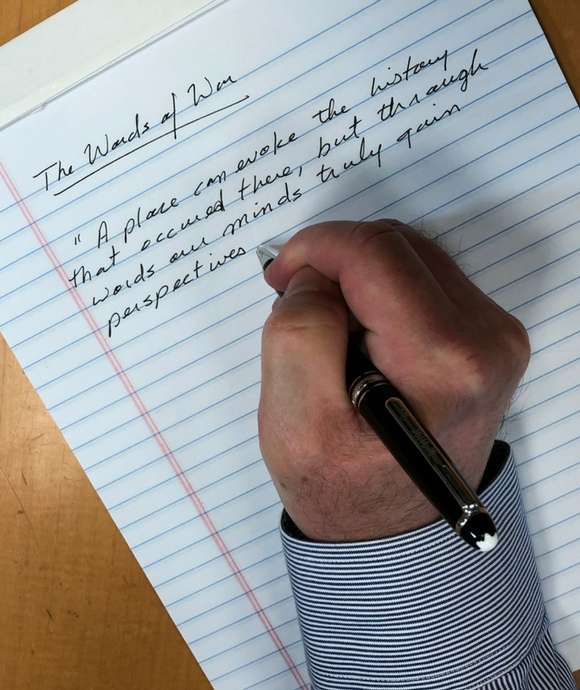
“A place can evoke the history that occurred there, but through words our minds truly gain perspectives and understanding of what it was like to know, feel, experience, hope, fail, triumph, and live through events from which we ourselves were absent. The written word is our most intricate map to retrace and reconstruct what we think happened, and ultimately brings us back to ourselves.”
– Keith Huxen, PhD , Senior Director of Research and History, The National WWII Museum
Keith Huxen
Keith is the former Senior Director of Research and History in the Institute for the Study of War and Democracy at The National WWII Museum.
Cite this article:
MLA Citation:
APA Citation:
Chicago Style Citation:
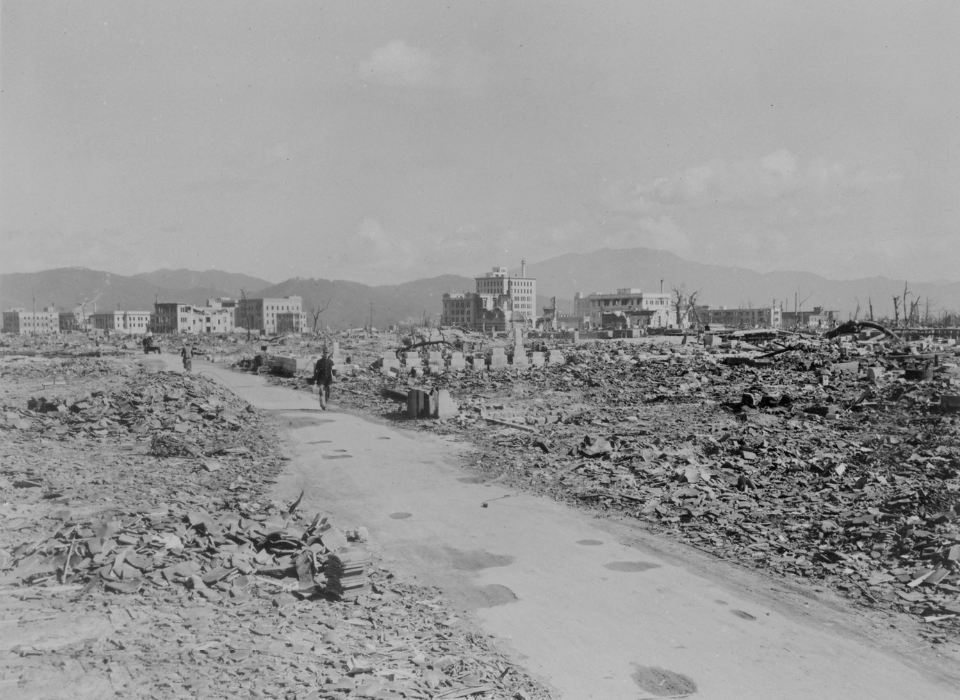
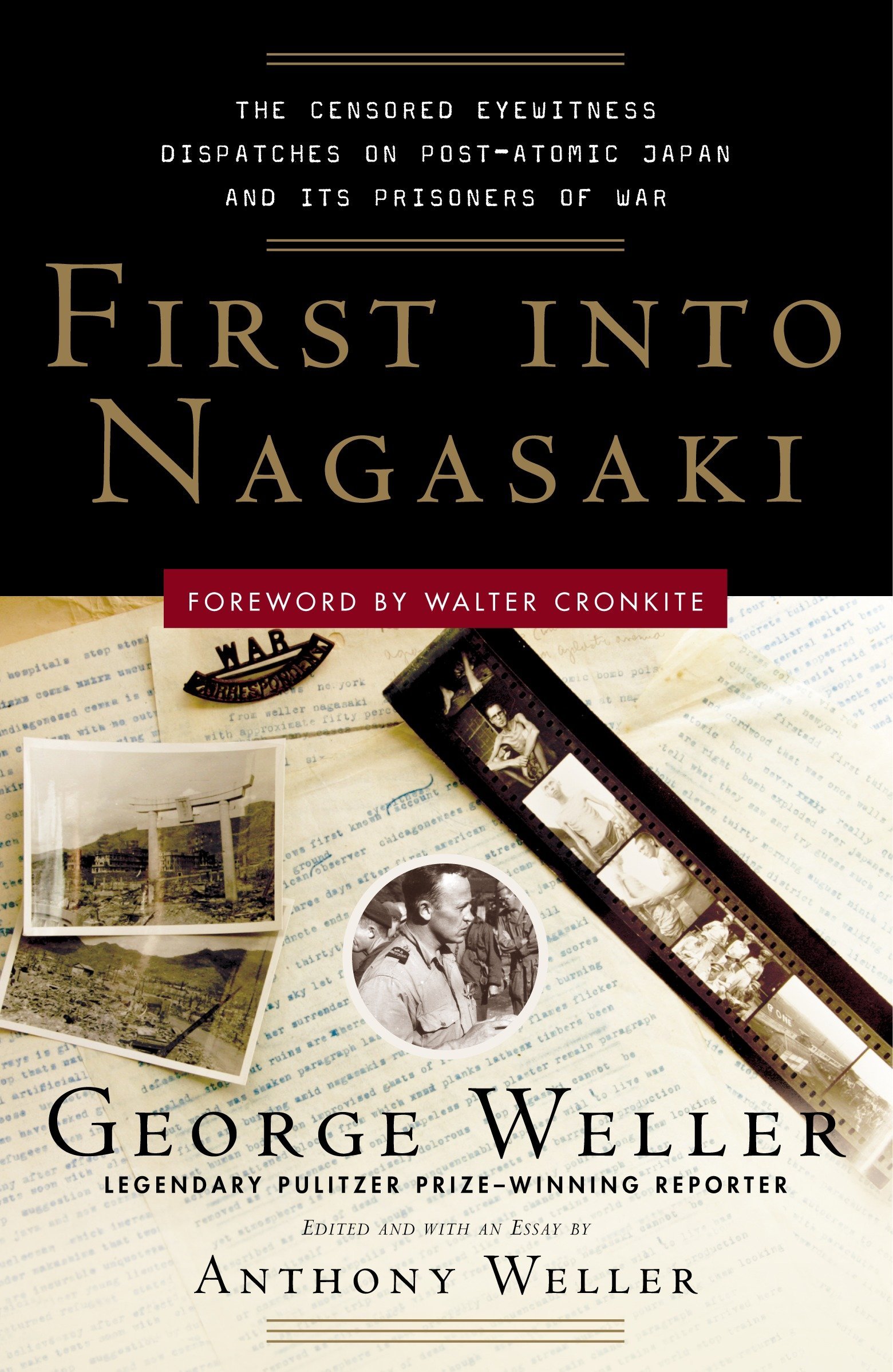

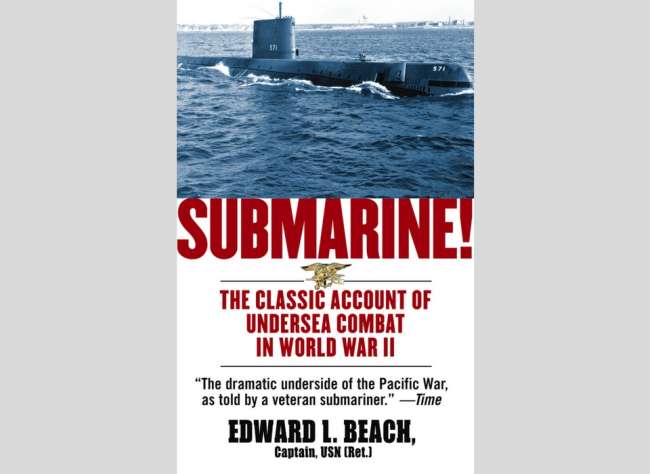
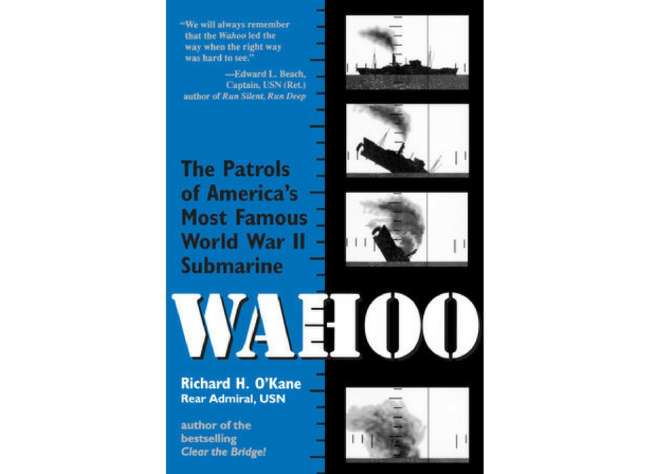
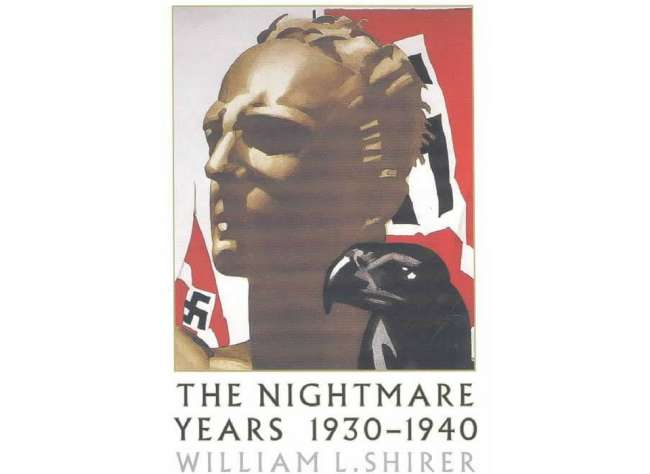





![Max Fuchs, New York City cantor, sings as Rabbi Sydney [sic] Lefkowitz, Richmond, VA, conducts the first Jewish services from Germany.](/sites/default/files/styles/max_650x650/public/2025-10/image1.jpg)

